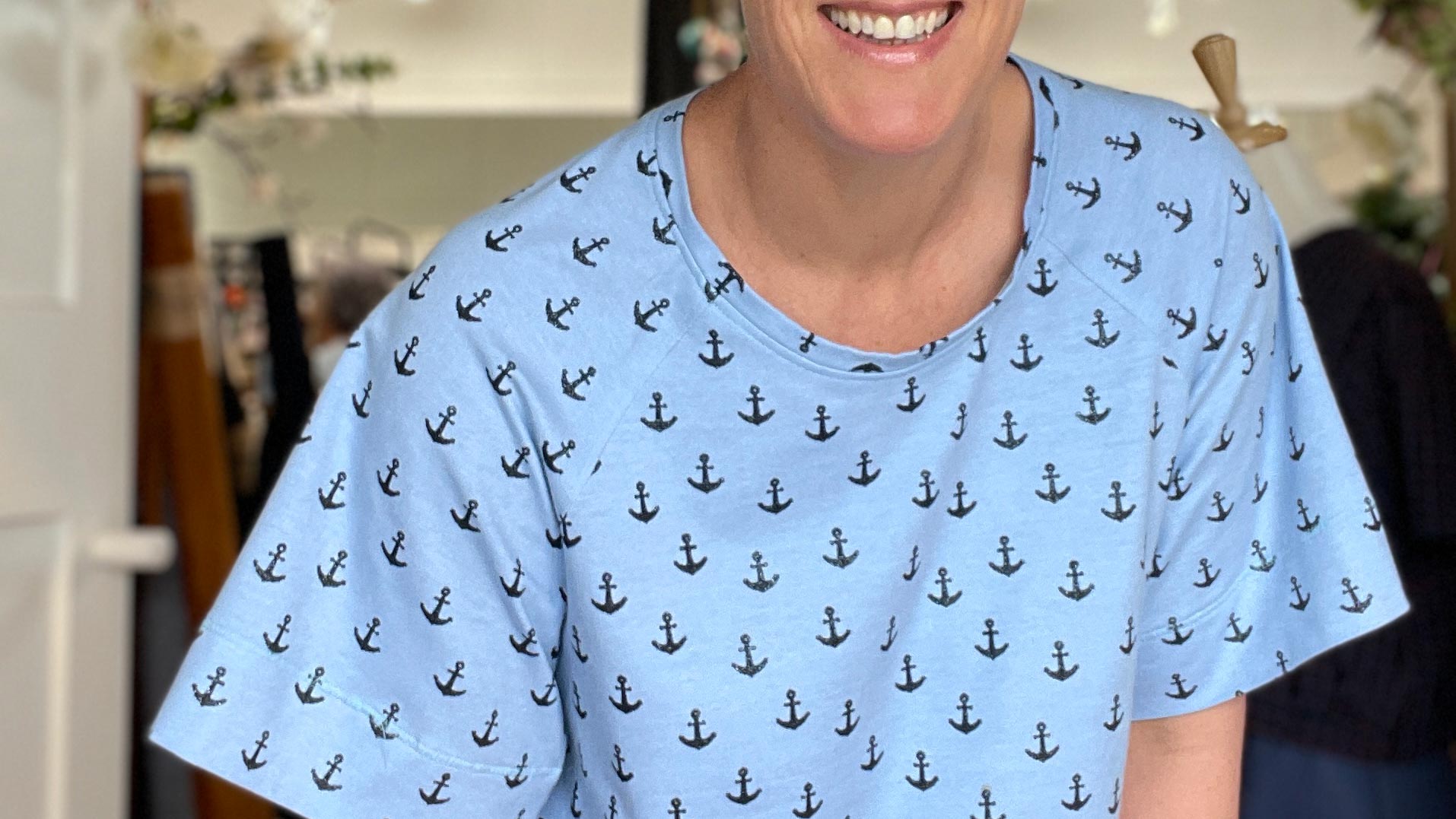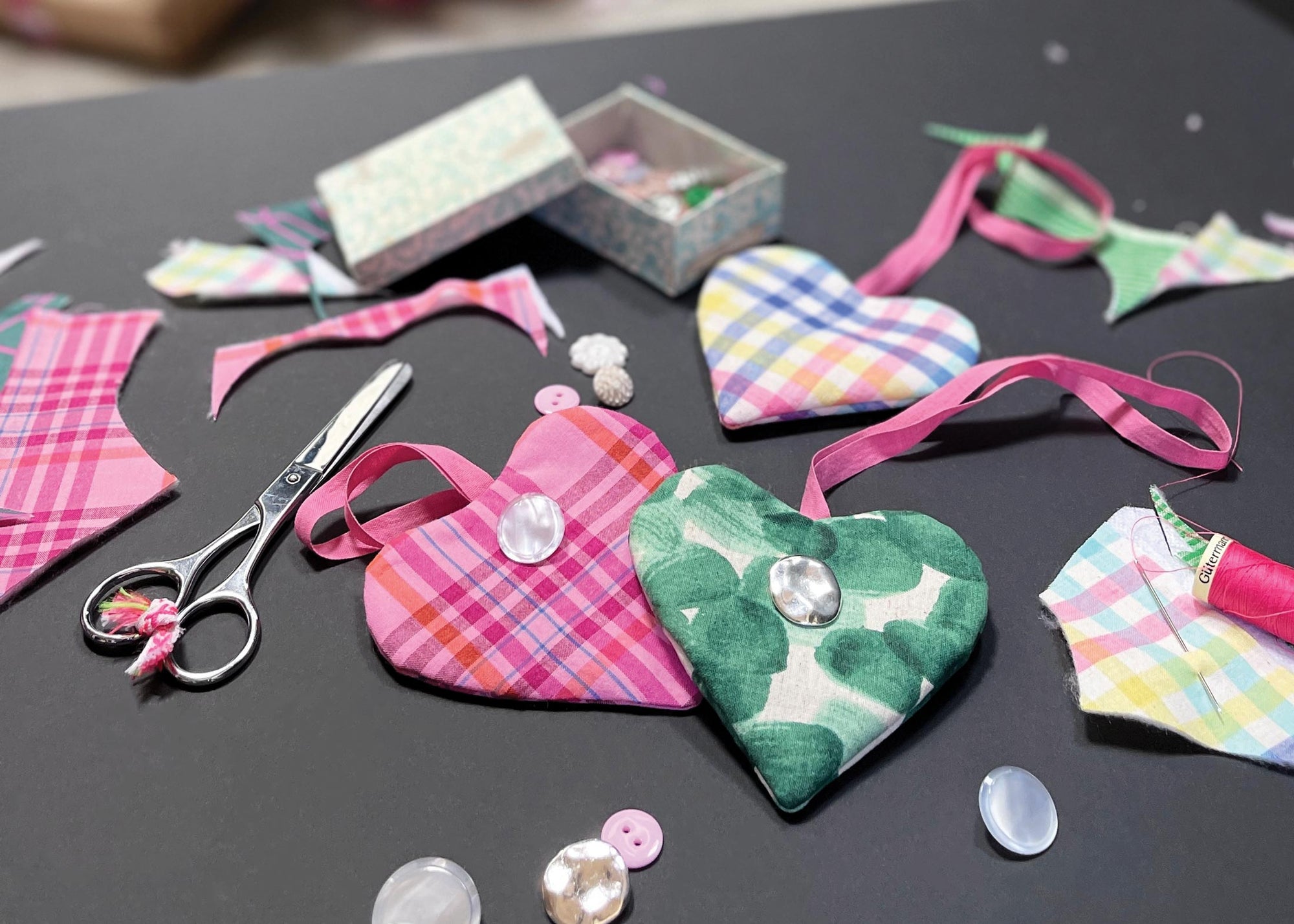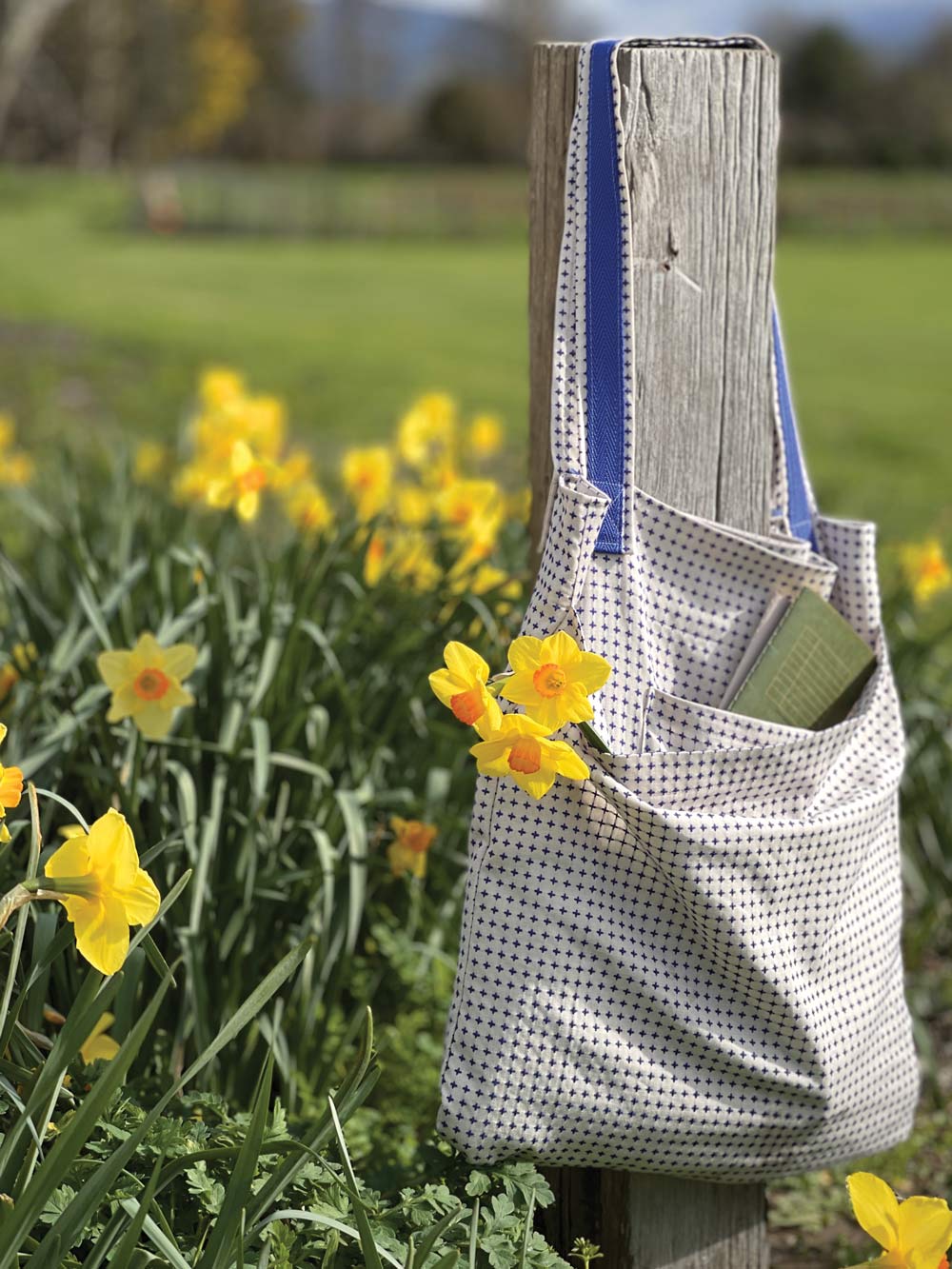12 March 2021, written by Caroline
We recently had a delivery of beautiful tweed in to the store and it made me think about the history of the this iconic cloth.
Tweed is a type of fabric that is a closely woven, rough woollen material and is the technical term for its nature as a woven and weather resistant cloth.
The History in a Nutshell
Originally used by farmers in Scotland and Ireland, tweed was used because of its warmth, durability and moisture-resistance. It was adopted by the English after Queen Victoria and Prince Albert bought Balmoral Castle and designed their own Balmoral Tweed. It has since become synonymous with the rugged highlands of Scotland.
Tweed was originally called tweel and was misnamed tweed quite by accident. Tweel is the Scots for twill and in the mid 1800 a fabric trader misread a tweel on a label as tweed. He assumed that it was called tweed after the River Tweed in Scotland, the name caught on and it has been called that ever since.
How the Yarn for Tweed is Produced
Tweed is produced by dying raw wool, after washing, but before it is spun. It is fibre-dyed (opposed to yarn-dyed, which is before the cloth is woven but after it has been spun). To achieve the tone of a tweed yarn, multiple colours or shades of dyed yarns are blended together.
These mixed shades are then carded (straightened) and spun into yarns with a mixture of colours for weaving. Traditionally subdued (reflecting the environment they are created in) the unique colour effects are obtained by twisting together differently coloured woollen strands. It is a skilled process to obtain the right mix.
Different Types of Tweed
There are a number of different names for types of tweed including:
Welsh A tweed that has been woven in Wales generally from pure new wool.
Cheviot Named after a breed of white-faced sheep first kept in the Cheviot hills of Northumberland and the Scottish borders. Cheviot yarn is generally larger, rougher, and heavier than other types of tweed
Saxony Made from Merino wool from the Saxony region in Germany
Harris A legally protected tweed that is woven in the Outer Hebrides in Scotland. They have very strict guidelines on what can be classed as Harris Tweed.
Yorkshire Comparatively light weight, excellent thermal characteristics and pleasant texture of this 100% woollen fabric
Donegal A very popular tweed that is distinguishable by its rainbow-colored specks of yarn throughout the knobby surface.
This is just a few of the tweeds that are available! The names tend to indicate where the tweeds may have been made or originated from and the type of weave and colour you might expect from them.
Tweeds in store
The tweeds that we currently have in the store are all 100% wool and come in very narrow widths of 75cm. To determine how much cloth you will need for a project, we recommend you take a look at your pattern and use double the fabric length recommended for a 150cm wide fabric. Be sure to check if there are any pattern pieces that might be too wide to fit on this narrow fabric. In this case, you may need to cut a pattern piece as two - making sure to include extra seam allowances.
We have picked some patterns that we think you may like to use them for. If tweed isn't exactly what you are looking for, we have a great range of Winter Fabrics and I am sure you will find something lovely!
As always, let us know what you make with these fabrics - one of the most exciting things is seeing how people interpret these beautiful fabrics.
References










